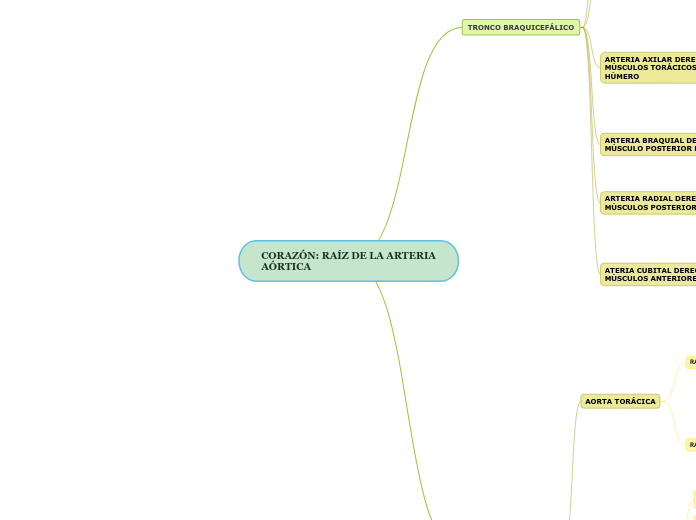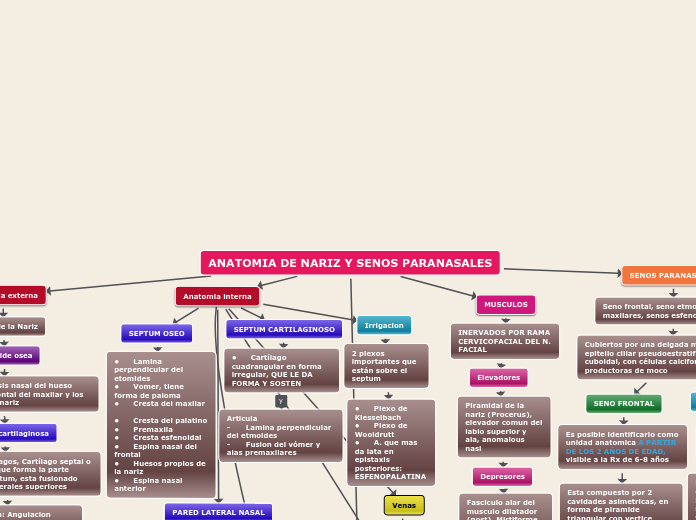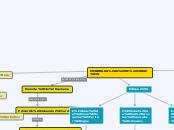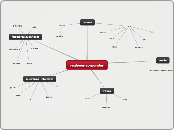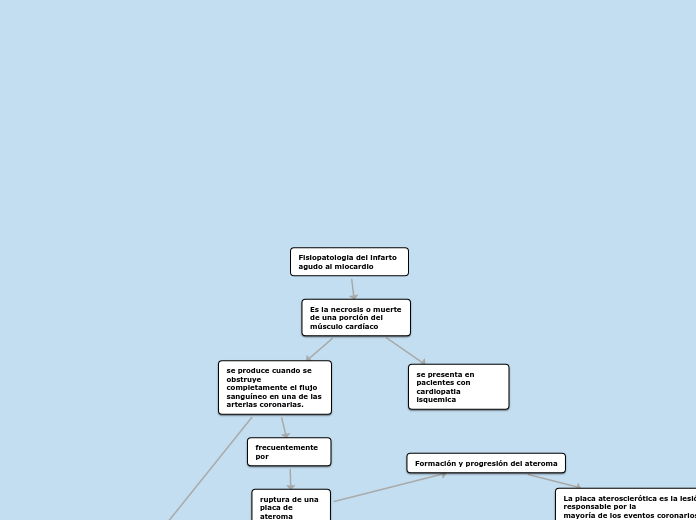CORAZÓN: RAÍZ DE LA ARTERIA AÓRTICA
Tenses demonstrate the time of actions centered around the subject of the sentence. These actions are called verbs and change according to tenses.
AORTA DESCENDENTE
There are four Past tenses:
- Past Simple
- Past Continuous
- Past Perfect Simple
- Past Perfect Continuous
AORTA ABDOMINAL
Past Perfect Continuous is used:
- for an action that started in the past and continued up to another point in the past
- to show cause and effect
Some adverbs used with Past Perfect Continuous:
- since (e.g. since yesterday)
- for (e.g. for 10 years, for 6 months)
-A. Renales, Irriga: Riñones
-A. Sacra Mediana, Irriga: Sacro, coxis, nervios espinales y músuculo piriforme
-A. Lumbares, Irriga: Vértebras lumbares, médula espinal y meninges
-A. Suprarrenales, Irriga: Glándulas suprarrenales.
-A. Ilíacas internas, Irriga: Útero, próstata, músculos gl;uteos y vejiga
-A. Ilíaca externa,Irriga: Miembros Inferiores
-ARTERIAS ILÍACAS COMUNES
-A. Mesentérica superior, Irriga: Intestino delgado, ciego, colón y páncreas.
-A. Mesentérica inferior, Irriga: Colón transverso, descendente y signoides, resto
-A. Esplénica, Irriga: Bazo, páncreas y estómago
-A. Gástrica izquierda, Irriga: Estómago y esófago
-A. Hepática común, Irriga: Hígado, vesícula biliar, estómago, páncreas y duodeno.
Structure:
Had + Subject + been Verb-ING?
e.g. How long had they been living in London before moving here?
-ARTERIA TRONCOCELÍACO
Structure:
Subject + hadn’t been/had not been + Verb-ING
e.g. I was tired because I hadn't been sleeping.
-A. Frénicas inferiores, Irriga: Superficie inferior del diafragma y glándulas suprarrenales.
Structure:
Subject + had been + Verb-ING
e.g. They had been talking for over an hour before I arrived.
AORTA TORÁCICA
Past simple expresses:
- an action that happened in the past and has no connection with the present
- an action that happened once in the past
- an action that happened regularly in the past
- an action that was true for some time in the past
- an event or action that already occurred
- an action that is finite - has both a starting and a stopping point
Some adverbs used with Past Simple:
- yesterday
- last month, last year
- ago (e.g. two days ago)
- in (e.g. in 1997)
- never, always, seldom, often, frequently, occasionally, once, twice
RAMAS PARIETALES
Structure:
Subject + did not/didn’t + Base Form of the Verb
e.g. They didn’t like my food.
-A. Frénica superiores, Irriga: Diafragma y pleura que lo recubre
-A. Subcostales, Irriga: últimas vértebras torácicas, meninges y médula espinal
-A. Intercoles posteriores, Irriga: Vértebras torácicas, meninges y médula espinal
Type in your own examples or you can also choose from the examples below.
Form of word "to be":
I was notYou were notHe/She/It was notWe were notYou were notThey were not
Form of word "to have":
I did not haveYou did not haveHe/She/It did not haveWe did not haveYou did not haveThey did not have
RAMAS VISCERALES
Structure:
Subject + Verb in Past Simple (2nd form)
e.g. They lived in Spain three years ago.
-A. Mediastinica, Irriga: Tejidos del mediastino y ganglios linfáticos.
-A. Esofágica, Irriga: Tejidos del esófago
-A. Bronquiales, Irriga: tejidos del árbol bronquial y tejido pulmunar
-A. Pericárdica, Irriga: tejidos del saco pericárdico
Type in your own examples or you can also choose from the examples below.
Form of verb 'to be':
I wasYou wereHe/She/It wasWe wereYou wereThey were
Form of verb 'to have':
I hadYou hadHe/She/It hadWe hadYou hadThey had
TRONCO BRAQUICEFÁLICO
There are four Present tenses:
- Present Simple
- Present Continuous
- Present Perfect
- Present Perfect Continuous
ATERIA CUBITAL DERECHA, IRRIGA: MÚSCULOS ANTERIORES DEL BRAZO
-Arco palmar superficial derecho, Irriga: Músculos, huesos, articulaciones y piel de la palma y los dedos
-Arco palmar profundo derecho
-A. Cubital (Rama común y superficial del carpo)
-A. Interosea común derecha
ARTERIA RADIAL DERECHA IRRIGA: MÚSCULOS POSTERIORES DEL BRAZO
-Arco palmar superficial derecho
-A, Metacarpiana dorsal
-A. Digital palmar propia
ARTERIA BRAQUIAL DERECHA IRRIGA: MÚSCULO POSTERIOR DEL BRAZO
Present Perfect Continuous is used:
- to describe an action that started in the past and has continued up to the present
- to describe an action that has just finished
Some adverbs used with Present Perfect Continuous:
- always
- only
- never
- ever
- still
- just
-A. Recurrente cubital
Structure:
Have/ has + Subject + been Verb-ING?
e.g. How long has he been learning German?
-A. Colateral cubital
Structure:
Subject + haven’t/hasn’t been + Verb-ING
e.g. She hasn’t been playing tennis for a long time.
-A. Profunda del brazo
Structure:
Subject + have/ has been + Verb-ING
e.g. They have been learning French for two years.
ARTERIA AXILAR DERECHA IRRIGA: MÚSCULOS TORÁCICOS DEL HOMBRO Y EL HÚMERO
Present Perfect is used for:
- an action that occurred at a time which is indefinite and has its effect on the subject
- an action that occurred many times and has the possibility to occur in the present/future
- an action that began in the past and is still going on in the present
Some adverbs used with Present Perfect:
- just
- already
- yet
- for
- never/ever
- up to now
-A. Circunfleja humeral posterior
-A. Subescapular dercha
Structure:
Have/ has +Subject+ Past Participle?
e.g. Has she finished the letter?
-A. Toracoacromial
Structure:
Subject + haven’t (have not)/ hasn’t (has not) + Past Participle
e.g. She hasn’t finished the letter.
-A. Torácica superior
Structure:
Subject + have/ has + Past Participle (3rd Form of the Verb)
e.g. She has finished the letter.
ARTERIA SUBCLAVIA DERECHA IRRIGA: MIEMBRO SUPERIOR DERECHA
Present Continuous is used to indicate the ongoing time (now).
Some adverbs used with Present Continuous:
- now, right now
- at this moment
- at the moment
- continually
- perpetually
- this year
- this season
- forever
-A. Circunfleja humeral anterior dercha
-A. Circunfleja humeral posterior derecha
-A. Subescapular derecha
-A. Cervical transversa
-A. Tiroidea inferior
Structure:
BE + Subject + Verb-ING?
Are you eating now?
-A. Torácica interna derecha, irriga: pared torácica anterior
Structure:
Subject + BE not + Verb-ING
e.g. You are not eating now.
-A. Vertebral derecha, irriga: cerebro, cerebelo, protuberancia y oído interno
Structure:
Subject + BE (am/is/are) + Verb-ING
e.g. You are eating now.
ARTERIA CARÓTIDA COMÚN DERECHA IRRIGA: CABEZA Y CUELLO
Present Simple is used for:
- habits
- general truths
- repeated actions of events
- fixed arrangements/timetables
- feelings/opinions/beliefs
- instructions.
Some adverbs used with Present Simple:
- always
- usually
- seldom
- never
- sometimes
- often
- frequently, generally
- habitually, occasionally
- once, twice
A. Carotida interna derecha (parte cervical) Irriga: globo ocular, temporal, frontal, parietal, hipófisis y piamadre
Structure:
Subject (I, You, We, They) + do not / don’t + V1 (First Form of Verb)
Subject (He, She, It) + does not / doesn’t + V1 (First Form of Verb)
e.g. He doesn’t work in a bank.
-A. Carótida interna en la porción petrosa, cavernoa y cerebral.
Type in your own example or choose from the examples below.
Form of word "to be":
I am notYou are notHe/She/It is notYou are notWe are notThey are not
Form of word "to have":
I do not haveYou do not haveHe/She/It does not haveWe do not haveYou do not haveThey do not have
-A. Carótida extrema derecha irriga: Duramadre, Aracnoides y parte del cuello
Structure:
Subject (I, You, We, They) + V1(First Form of Verb)
e.g. I usually go jogging at weekends.
Subject (He, She, It)+ V1(First Form of Verb) + s/es
e.g. She writes every day.
-A. Lingual
-A. Auricular
-A. Temporal
-A. Occipital
-A. Facial
-A. Maxilar
Type in your own examples or you can also choose from the examples below.
Form of verb "to be":
I amYou areHe/she/it isWe areYou areThey are
Form of verb "to have":
I haveYou haveHe/she/it hasWe haveYou haveThey have
